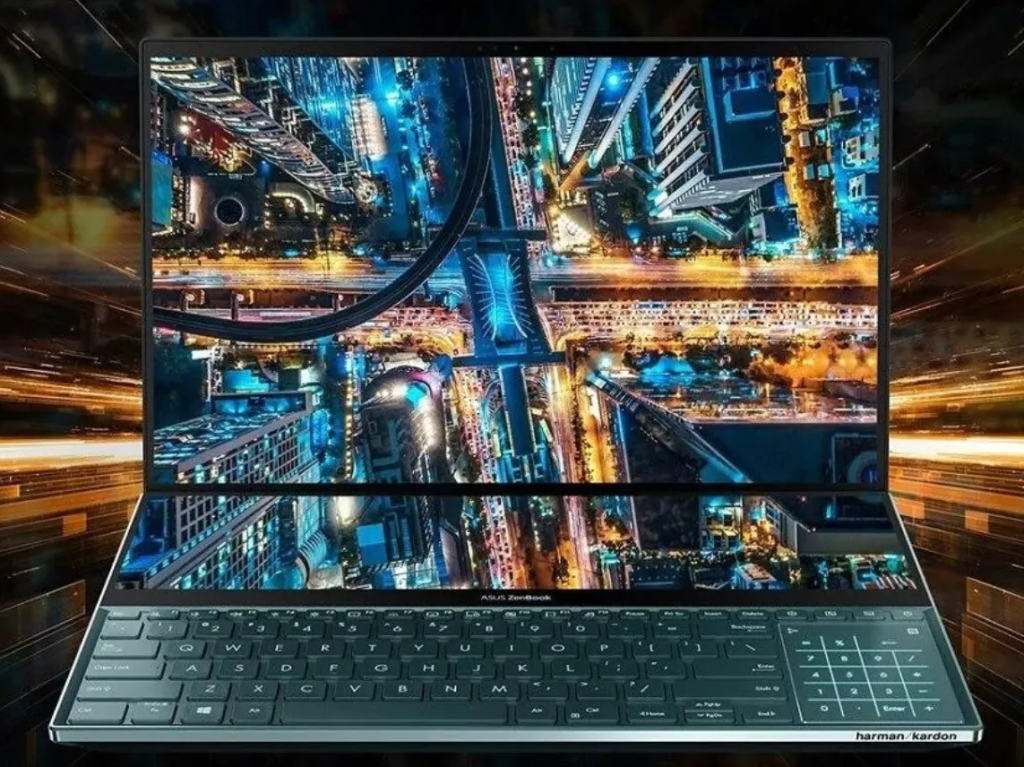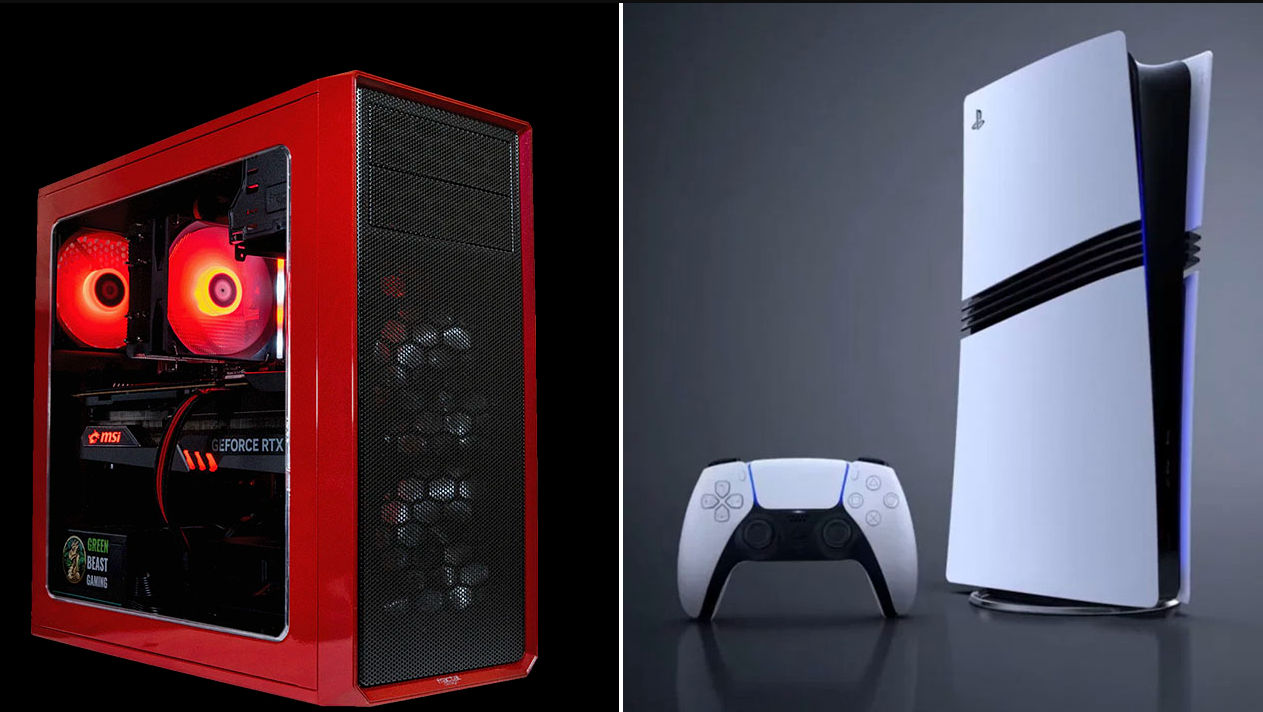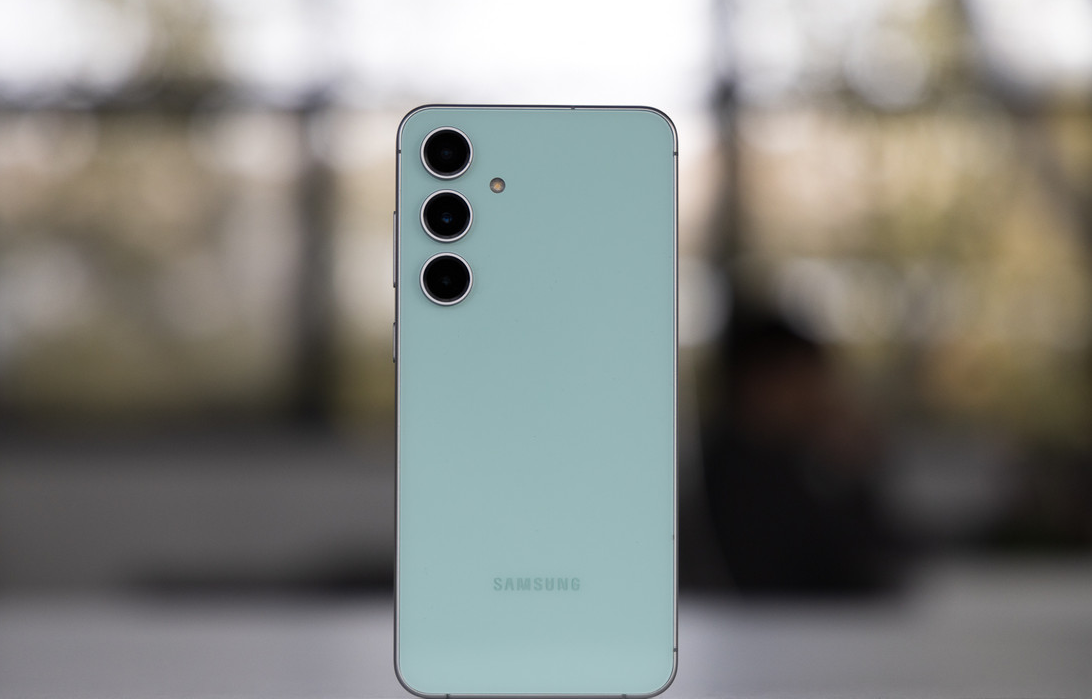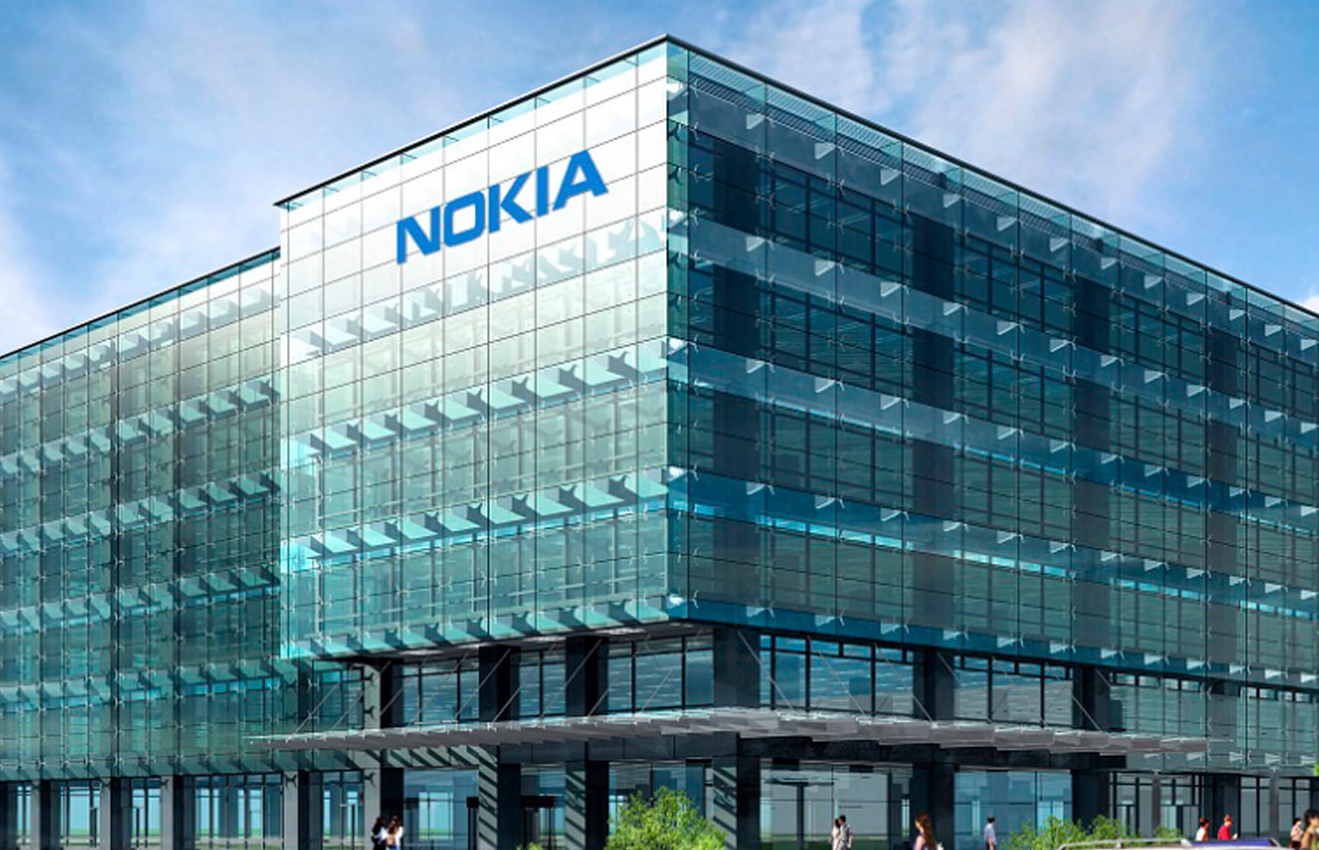The choice of laptop matrix is one of the most important aspects that affects the image quality and comfort of working with the device. In the past, most users did not pay much attention to the type of screen, but today, with the development of technology, matrix parameters have become the most important criterion when choosing a laptop.
Introduction to the world of laptop matrices
The laptop screen consists of a number of key components, the main one being the matrix. The matrix determines how the image will be reproduced on the screen, being responsible for the quality of colour reproduction, image sharpness, viewing angles and many other parameters. When comparing laptop matrices, the following characteristics should be taken into account:
- The matrix type is the basis on which the main visual parameters depend.
- Screen resolution – the higher the resolution, the more detailed the image will be.
- Refresh rate is an important parameter for gamers and people who work with video.
- Colour rendering is the accuracy of the colours on the screen.
- Viewing angles – how well the image quality remains when the viewing angle is changed.
- Response time is the speed at which pixels change colour, important for dynamic scenes.
Modern laptops are equipped with different types of matrixes, each of which has its own features and is designed to perform certain tasks. Let’s consider the main types of matrixes in detail.
Main types of notebook matrixes
TN (Twisted Nematic)
TN (Twisted Nematic) technology is one of the oldest and most common. It is characterised by low cost and fast response time, which makes it popular with gamers and those who do not want to overpay for a laptop.
The main characteristics of TN-matrices:
- Fast response times. TN-matrices typically have the fastest response times of any screen type, making them a great choice for gaming where every millisecond counts.
- Refresh rate. Many laptops with TN screens support refresh rates up to 144Hz or higher, which is necessary for smooth display of dynamic scenes.
- Low cost. TN screens are the most affordable on the market, which explains their popularity in budget laptops.
Disadvantages of TN matrices:
- Narrow viewing angles. This is one of the main disadvantages. When viewed from the side or from above, the image on a TN screen quickly loses brightness and sharpness, which can be inconvenient for group viewing.
- Poor colour quality. TN-matrices are inferior to other screen types in terms of colour depth and accuracy, making them unsuitable for graphics and multimedia.
TN-matrices are an excellent choice for gamers and users who value response time and refresh rate. However, they are not suitable for those who value high image quality or work with colour correction.
IPS (In-Plane Switching)
IPS displays are one of the most popular technologies when it comes to premium notebooks and devices for professionals. IPS screens offer significantly better colour reproduction and viewing angles than TN.
The main characteristics of IPS matrices:
- Wide viewing angles. One of the great things about IPS screens is their ability to keep images sharp and rich at any angle (up to 178 degrees). This makes IPS screens a great choice for collaborative content viewing or multitasking.
- High colour fidelity. For professionals working with graphics, photography or video editing, IPS screens are the gold standard. They deliver realistic and saturated colours, which are essential for accurate image processing.
- Contrast and brightness. IPS screens can offer a good balance between brightness and contrast, making them versatile for different types of tasks.
Disadvantages of IPS matrices:
- Higher response time. Compared to TN-matrices, IPS may have a higher response time, making it less suitable for professional gamers.
- Cost. IPS screens are more expensive, which makes laptops with such a matrix more expensive compared to their TN counterparts.
IPS matrices are ideal for those who appreciate high image quality, wide viewing angles and accurate colour reproduction. It is a great choice for designers, photographers and video editors.
VA (Vertical Alignment)
VA (Vertical Alignment) matrices are a compromise between IPS and TN. They offer better colour reproduction and viewing angles than TN, but are inferior to IPS.
The main characteristics of VA matrices:
- High contrast. One of the main advantages of VA matrices is their ability to deliver deep blacks and high contrast, making them particularly attractive for watching movies and working with multimedia content.
- Better colour reproduction compared to TN. Although VA is inferior to IPS in terms of colour fidelity and saturation, it significantly outperforms TN, making it a good choice for users looking for a balance between image quality and cost.
Disadvantages of VA matrices:
- Higher response time. Although VA screens are faster than IPS, they are still slower than TN, which can be critical for fast-paced gaming.
- Average viewing angles. VA screens have better viewing angles than TN screens, but they are still inferior to IPS, especially when the angle changes abruptly.
VA-matrices are an excellent choice for those looking for a compromise between image quality and affordability. It is a good option for multimedia tasks and everyday use.
Additional screen technologies
In addition to the traditional TN, IPS and VA matrices, more advanced technologies such as OLED and QLED have entered the market, offering even more benefits, albeit at a higher price.
OLED (Organic Light-Emitting Diode)
OLED screens are the latest technology in the display world, offering users incredible levels of contrast and colour accuracy.
The main characteristics of OLED matrices:
- Perfect contrast. OLED screens have the ability to output perfect black colour, as each pixel can be switched off completely. This makes the image very realistic and deep.
- Instant response time. OLEDs have a near-zero response time, making them best for dynamic scenes in games and films.
- Bright and vibrant colours. OLED screens reproduce richer and more vibrant colours than traditional technology, making them ideal for watching videos and working with multimedia.
Disadvantages of OLED matrices:
- High cost. OLED screens cost significantly more, which makes laptops with such screens available only in the premium segment.
- Pixel burn-in. One of the main disadvantages of OLED is the possibility of pixel burn-in when displaying static images for a long time.
OLED screens are the best choice for users who are willing to pay more for unrivalled picture quality. It is a great choice for multimedia professionals and for those who appreciate a perfect picture.
QLED (Quantum-Dot LED)
QLED technology, based on the use of quantum dots, is also gaining popularity among notebook manufacturers. It offers improved colour reproduction and brightness compared to traditional screens.
The main characteristics of QLED matrices:
- High Brightness. QLED screens are capable of much higher brightness, making them ideal for use in high-light environments.
- Good colour reproduction. Quantum dots allow QLED screens to deliver richer and more accurate colours, making them competitive with OLED.
Disadvantages of QLED matrices:
- Contrast is lower than OLED. Although QLED is superior to conventional screens in terms of picture quality, it cannot compete with OLED in terms of black depth and contrast.
QLED screens are a great choice for those looking for improved brightness and colour reproduction without having to pay the high price of OLED.
Comparison of laptop screens by key parameters
To make a more accurate comparison of laptop matrices, there are a few key parameters to consider:
- Colour reproduction. If accurate colour reproduction is important to you (e.g. when working with graphics), choose laptops with IPS, OLED or QLED screens.
- Viewing angles. For comfortable laptop use at any angle, IPS and OLED matrices offer the best results.
- Response time. For gamers, TN or OLED screens are best for gamers as they offer the lowest response time.
- Refresh rate. Laptops with TN and IPS matrixes usually offer high refresh rates, which is important for smooth motion display in games.
- Contrast. OLEDs offer the best contrast, while IPS and VA offer decent results, but with less black depth.
When choosing a laptop, it is worth considering the tasks for which it will be used. Comparing notebook matrices allows us to conclude that there is no perfect universal matrix – each type of screen has its own advantages and disadvantages. It is important to determine your priorities and choose the option that best meets your requirements. Thus, a competent comparison of laptop screens can greatly simplify the choice and provide maximum comfort of working with the device.
With reBITme your shopping becomes even more favourable! Search for the Laptop Matrices you need and don’t forget to activate your cashback. Happy shopping!





